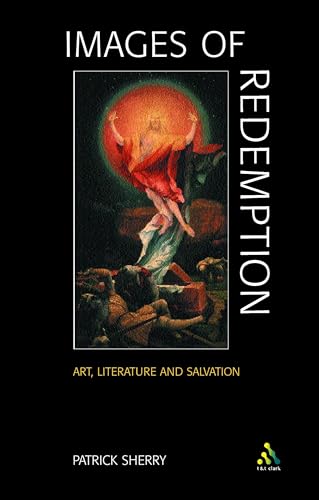THE RELIGIONS OF ANCIENT ISRAEL: A PARALLACTIC APPROACH
Written by Ziony Zevit Reviewed By Philip JohnstonThis is a huge book, by all standards. It consists of nearly 700 large pages of double-column text, and another 100 pages of bibliography (c. 1600 items) and indexes (subjects, authors, terms, texts). The hardback edition at £90 is expensive and heavy, and the paperback edition at £35 is not exactly cheap and not much lighter! In conception and coverage, it is as complete a treatment of its subject as possible for one scholar, and results in an encyclopaedic work. It begins with a lengthy discussion of methodology, proceeds to analyse in meticulous detail archaeological data (chs 2–5) and biblical text (chs 6–9), and concludes with a comperhensive and again lengthy synthesis. No wonder it took him fifteen years to research and write (xvii).
Zevit’s thesis and methodology are expresses neatly in his title and subtitle: that religion in Iron Age Israel and Judah was pluriform, and the subject must be examined by parallel study of artefacts and texts. A long opening chapter on theoretical approaches critiques three successive scholarly paradigms, notes the current lack of consensus for a fourth paradigm, and proposes his own interdisciplinary approach as a way forward.
The next three chapters provide a detailed analysis of some twenty Israelite or neighbouring cult places, first in overview (ch. 2), then individually and in great detail (ch. 3, with 145 pages), and finally in term of their cultic artefacts (ch. 4). The cult places ‘comprise an extremely heterogeneous collection’; some ‘attest to a polytheistic cult’, but ‘provide no direct evidence as to what deities were worshipped’ (265f.). Similarly the artefacts ‘demand a dynamic picture of Israelite religions allowing for polydoxies and polypraxises within Yahwism, significant local variations, as well as the worship and adoration of other gods and goddesses’ (349). A further long chapter examines extra-biblical inscriptions, inter alia concluding (like Hess) that the famous Kuntillet Ajrud blessings refer to Yahweh and Asheratah (not ‘his Asherah’).
The somewhat shorter second half turns to the biblical data, examining Deuteronomistic portrayal of religion (ch. 6), biblical portrayal of ‘mantic [prophetic] religions (ch. 7), prophetic portrayal of ‘Israelite Religions’ (ch. 8) and theophoric names as evidence for deities (ch. 9). Again, diversity was the norm, with religious practice north and south determined largely by the king, a great variety of prophetic practice, and much evidence in prophetic books of religious heterodoxy. The final chapter provides a wide-ranging synthesis covering social organisation, cultic organisation, mythology, some psalms, and an overall conclusion: ‘that YHWH was worshipped in some parts of Israel by the tenth century and that his cult spread and was pan-Israelite by the end of that century’; but also that ‘there was hardly uniformity in the perceptions of YHWH’s history, mythologies, or cults, even during the eighth to sixth centuries’ (687f).
This book has all the strengths and weaknesses of a single-author encyclopaedia. It brings together a wealth of recent data, some from normally inaccessible sources, and pursues its study in relentless detail and independent analysis. As a result, it will be an important reference point for many years to come. At the same time, Zevit’s style is sometimes opaque, his coverage of material occasionally uneven, and his expectations of readers’ knowledge rather high. The work would have benefited greatly from an energetic editor!
Regarding its thesis, it demonstrates persuasively that prophetic condemnation of Israelite and Judean religion as frequently non-Yahwistic or corruptly Yahwistic was indeed well-founded. While challenging traditional views in many respects, Zevit’s magnum opus affirms this crucial biblical perspective.
Philip Johnston
Wycliffe Hall, Oxford







